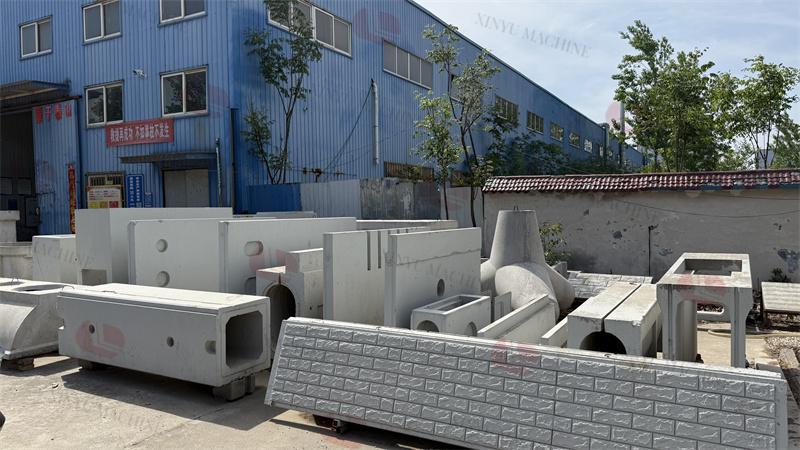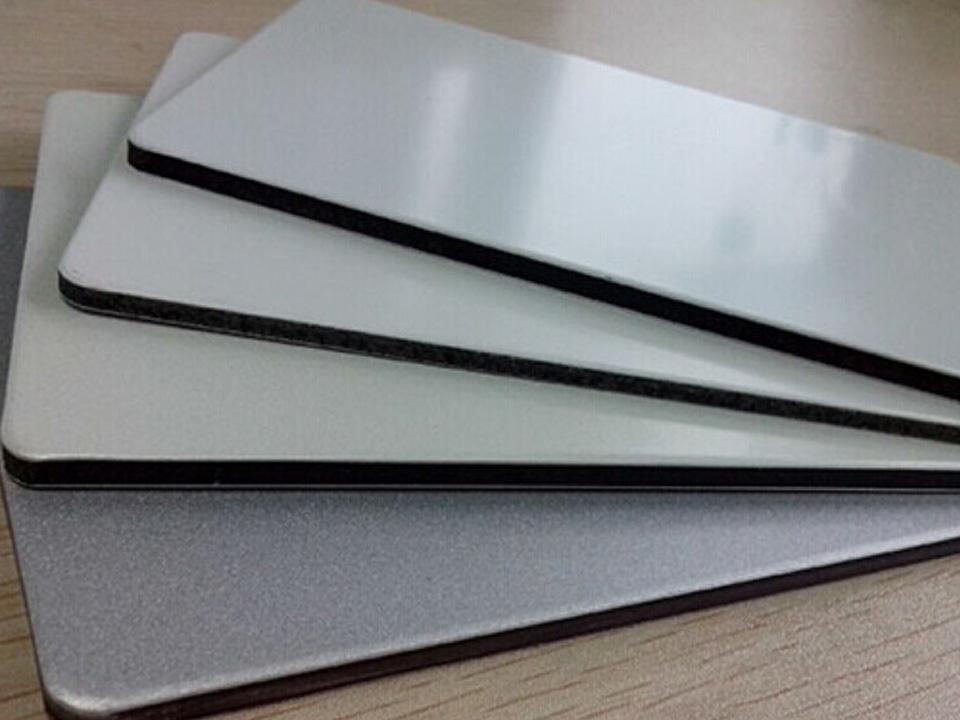🚀 Professional Concrete Mold Manufacturer – Xinyu Molds Factory 🏗️
Looking for high-quality, versatile concrete mold solutions? Xinyu Molds Factory is your ideal partner! We specialize in manufacturing and customizing various engineering molds for construction, high-speed rail, highways, water conservancy, municipal works, and slope protection projects.
🔧 Our Main Products
Hollow Hexagonal Block Molds – Perfect for slope protection & ecological restoration
U-Shaped Drainage Molds – Efficient drainage, ideal for municipal projects
Wave Breaker Molds – Designed for coastal protection & hydraulic engineering
PC Molds & Utility Tunnel Molds – High-efficiency production of prefabricated components
Embedded Steel Molds & Barrier Molds – Essential for high-speed rail & highway construction
Wind Turbine Foundation Molds & Crash Barrier Molds – Durable & reliable for safety
Why Choose Us?
✔ Custom Solutions – Support CAD/PDF designs, offering 1000+ specifications
✔ Flexible Adjustments – Customizable strength, size & shape to meet project needs
✔ Expert Technical Team – Professional engineers for structural optimization & automation
✔ Wide Applications – Suitable for construction, infrastructure, energy & more
📢 From standard molds to bespoke designs, Xinyu delivers reliable & efficient solutions!
📩 Contact us today for quotes & technical support!
📲 WhatsApp: [+86 15137137329] |
🌐 Website: [www.xinyumachine.com]
Looking for high-quality, versatile concrete mold solutions? Xinyu Molds Factory is your ideal partner! We specialize in manufacturing and customizing various engineering molds for construction, high-speed rail, highways, water conservancy, municipal works, and slope protection projects.
🔧 Our Main Products
Hollow Hexagonal Block Molds – Perfect for slope protection & ecological restoration
U-Shaped Drainage Molds – Efficient drainage, ideal for municipal projects
Wave Breaker Molds – Designed for coastal protection & hydraulic engineering
PC Molds & Utility Tunnel Molds – High-efficiency production of prefabricated components
Embedded Steel Molds & Barrier Molds – Essential for high-speed rail & highway construction
Wind Turbine Foundation Molds & Crash Barrier Molds – Durable & reliable for safety
Why Choose Us?
✔ Custom Solutions – Support CAD/PDF designs, offering 1000+ specifications
✔ Flexible Adjustments – Customizable strength, size & shape to meet project needs
✔ Expert Technical Team – Professional engineers for structural optimization & automation
✔ Wide Applications – Suitable for construction, infrastructure, energy & more
📢 From standard molds to bespoke designs, Xinyu delivers reliable & efficient solutions!
📩 Contact us today for quotes & technical support!
📲 WhatsApp: [+86 15137137329] |
🌐 Website: [www.xinyumachine.com]
🚀 Professional Concrete Mold Manufacturer – Xinyu Molds Factory 🏗️
Looking for high-quality, versatile concrete mold solutions? Xinyu Molds Factory is your ideal partner! We specialize in manufacturing and customizing various engineering molds for construction, high-speed rail, highways, water conservancy, municipal works, and slope protection projects.
🔧 Our Main Products
✅ Hollow Hexagonal Block Molds – Perfect for slope protection & ecological restoration
✅ U-Shaped Drainage Molds – Efficient drainage, ideal for municipal projects
✅ Wave Breaker Molds – Designed for coastal protection & hydraulic engineering
✅ PC Molds & Utility Tunnel Molds – High-efficiency production of prefabricated components
✅ Embedded Steel Molds & Barrier Molds – Essential for high-speed rail & highway construction
✅ Wind Turbine Foundation Molds & Crash Barrier Molds – Durable & reliable for safety
✨ Why Choose Us?
✔ Custom Solutions – Support CAD/PDF designs, offering 1000+ specifications
✔ Flexible Adjustments – Customizable strength, size & shape to meet project needs
✔ Expert Technical Team – Professional engineers for structural optimization & automation
✔ Wide Applications – Suitable for construction, infrastructure, energy & more
📢 From standard molds to bespoke designs, Xinyu delivers reliable & efficient solutions!
📩 Contact us today for quotes & technical support!
📲 WhatsApp: [+86 15137137329] |
🌐 Website: [www.xinyumachine.com]
0 Reacties
0 aandelen
0 voorbeeld









